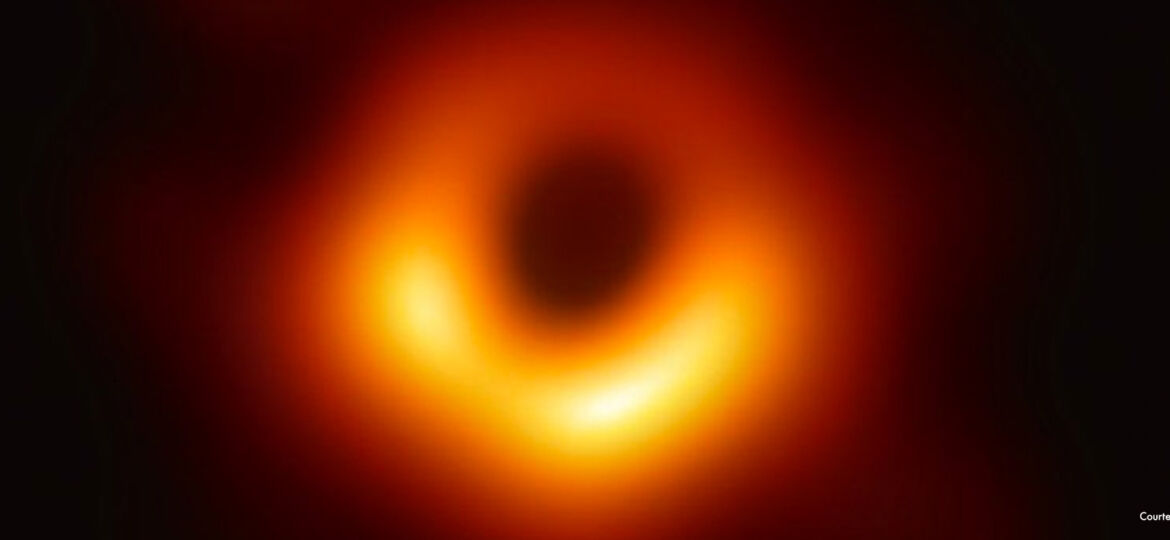
WHY THIS MATTERS IN BRIEF
Up until now it’s been thought it’d be impossible to take a photo of a black hole, but where there’s a will there’s a way.
Recently scientists managed to find a way to read information from the very heart of a black hole, but elsewhere back in April 2017 scientists had an entirely different project in mind when they began using a global network of telescopes to try take the first ever picture of a black hole. Now, years later, according to an announcement by researchers at the National Science Foundation they have finished and taken a photo of a supermassive black hole and its shadow at the center of a galaxy known as M87.
Ironically despite the fact we’ve all known about black holes since high school days this is the first direct visual evidence that black holes exist, the researchers said. In the image, a central dark region is encapsulated by a ring of light that looks brighter on one side.
The massive galaxy, called Messier 87 or M87, is near the Virgo galaxy cluster 55 million light-years from Earth and the supermassive black hole has a mass that is 6.5 billion times that of our sun.

Courtesy: NSF
“We have seen what we thought was unseeable,” said Sheperd Doeleman, director of the Event Horizon Telescope Collaboration. “We have seen and taken a picture of a black hole.”
The Event Horizon Telescope Collaboration, called EHT, is a global network of telescopes that captured the photo, and with more than 200 researchers involved in the project they’ve worked for more than a decade to capture this. The project is named for the event horizon, the proposed boundary around a black hole that represents the point of no return where no light or radiation can escape.
In their attempt to take the photo the teams combined the power of eight radio telescopes around the world using Very-Long-Baseline-Interferometry, according to the European Southern Observatory, which is part of the EHT. This effectively creates a virtual telescope around the same size as the Earth itself.
The telescopes involved in creating the global array included ALMA, APEX, the IRAM 30-meter telescope, the James Clerk Maxwell Telescope, the Large Millimeter Telescope Alfonso Serrano, the Submillimeter Array, the Submillimeter Telescope and the South Pole Telescope.
“The observations were a coordinated dance in which we simultaneously pointed our telescopes in a carefully planned sequence,” said Daniel Marrone, associate professor of astronomy at the University of Arizona. “To make sure these observations were truly simultaneous, so that we could see the same wavefront of light as it landed on each telescope, we used extremely precise atomic clocks at each of the telescopes.”
The telescope array collected a staggering 5,000 trillion bytes of data over two weeks, which then took years to process through supercomputers so that the scientists could retrieve and compile the final images.
Details of the observation were published in a series of six research papers published in The Astrophysical Journal Letters.















